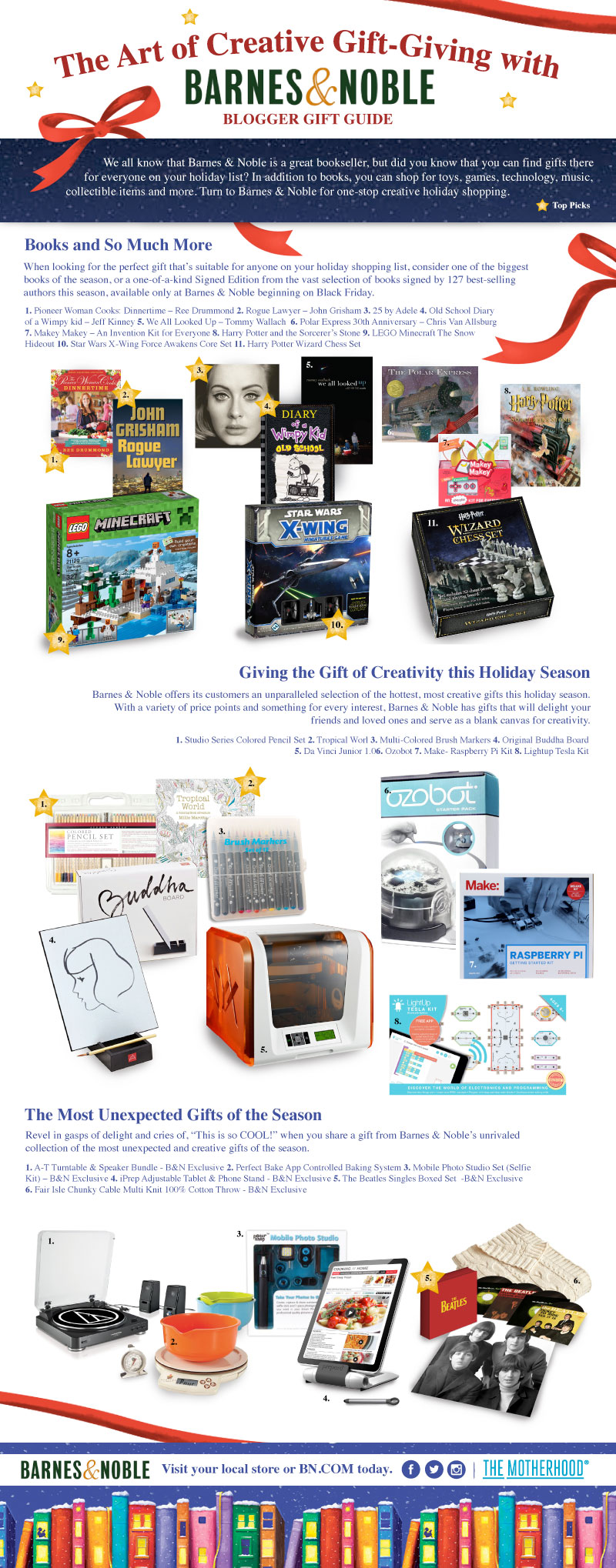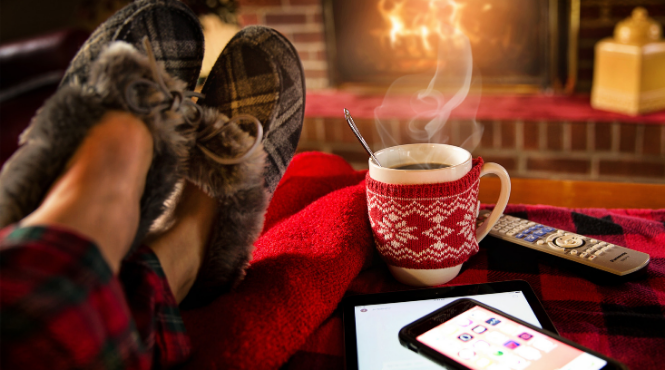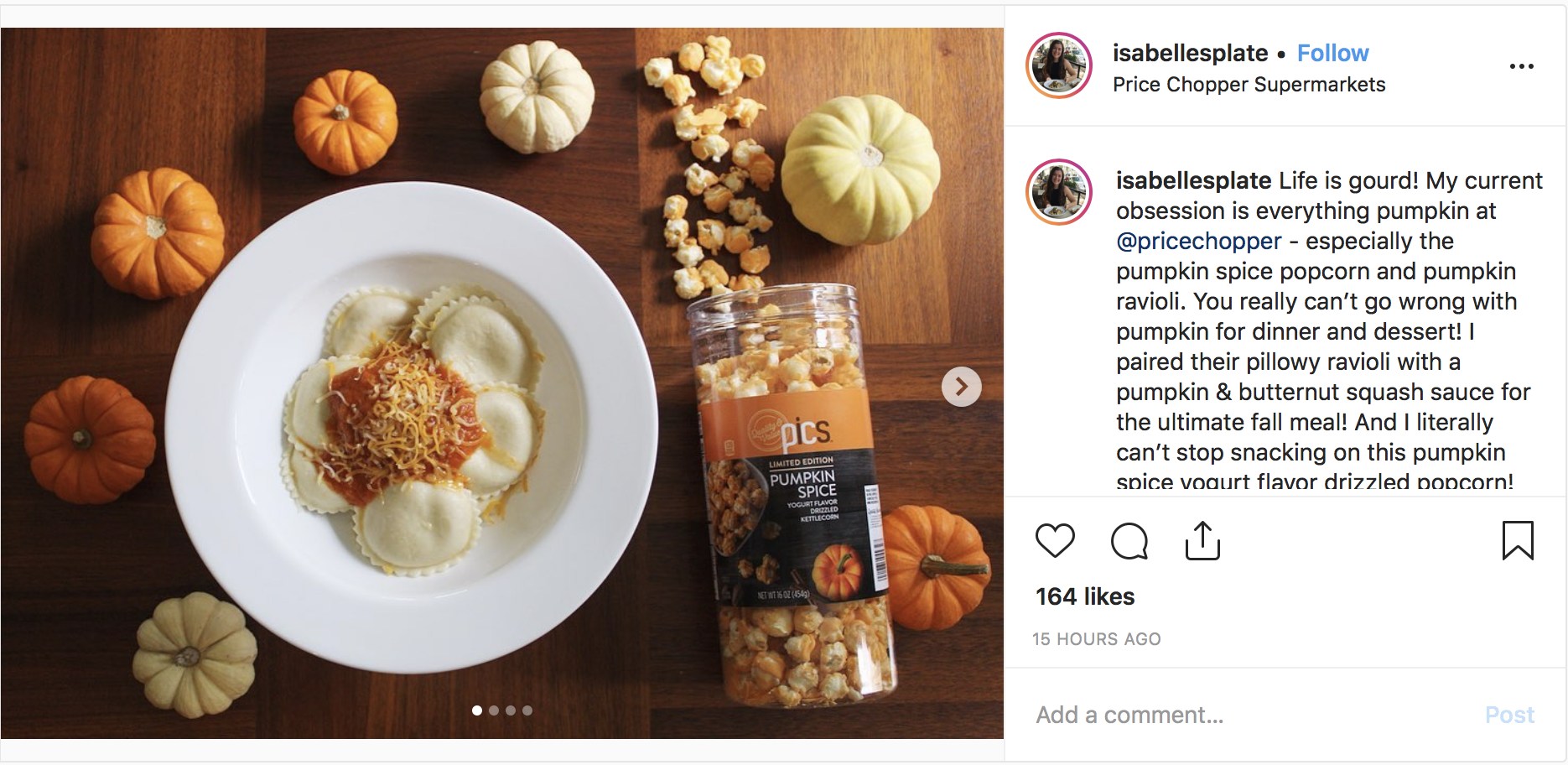Six Holiday Tips for Food and Beverage Marketing
Halloween may not be here yet, but brands are already pulling out the stops for holiday food and beverage marketing. And why not? It’s the time of year to eat, drink, and be merry! But it’s also a lucrative time of year for brands that make the most of their holiday food and beverage marketing strategies.
Last year, consumers spent $707.5 billion, with a large chunk of that directed at holiday meals and parties. Those numbers are expected to climb by at least 4% by year’s end, for a total of $730 billion.
Read on for tips on how to enhance your holiday food and beverage marketing this year.
Food & Beverage Ecommerce
One word that often comes to mind during the holiday season is “hustle.” Consumers are piling new tasks on top of their already busy lives, including shopping for and preparing holiday treats and feasts for family or work parties. These consumers are looking for convenience wherever they can find it, including online shopping options for their groceries and gifts.
Ecommerce in the food and beverage sector is growing by leaps and bounds. Online sales will surpass $22 billion this year, and they’re projected to top $27 billion in 2020.
You can take advantage of eCommerce holiday spending by providing online sales options for your brand, whether through marketplaces like Walmart.com or Amazon—like our client Pep Talk —or through direct-to-consumer online sales models, like Home Chef meal deliveries or Bright Cellars wine deliveries.

Influencer Engagement
What can we say about influencer marketing that we haven’t already said? It works. It gets high engagement rates– and up to 12% higher during the holiday season. It has a huge ROI, building brand awareness, and growing followers.
Then there’s this: 57% of consumers purchased a holiday gift after reading or watching a product review.
Influencers can be an essential part of your holiday marketing campaigns, especially those with creative recipes that can be used for office parties or a holiday drop-in. Seventy-eight percent of referrals from YouTube recipe and tutorial videos are first-time customers.
And while influencers who specialize in food and beverage marketing will undoubtedly create great content, consider other influencers as well. Lifestyle, mom, and travel influencers all can bring your brand to life in holiday-themed images and videos.
By partnering with the right influencers who have an engaging and authentic voice, your brand can make a real, lasting impression with your target audience.
Social Media
While kids make their wish lists, parents and grandparents are the ones opening their wallets to make the purchases.
Grandparents are a generous bunch when it comes to spending on their grandchildren. At 70 million strong, they spend a collective $179 billion on their grandkids annually, according to AARP.
Understanding where your audience lives online is key to reaching them with your social media content and ads.
Seventy-six percent of Generation Xers use social media, which may not be a surprise. But 82% of Baby Boomers, and 28% of the Silent Generation—those older than Baby Boomers—also use social media.
Don’t assume you can only reach older consumers with print marketing. Build a social media strategy that reaches every heart and wallet, including those who are making critical buying decisions.
Content Marketing
Content marketing is one of the most effective ways for retail brands to connect with potential customers. According to the National Retail Federation, shoppers are researching holiday gift ideas earlier than ever this year.
Your content, wherever it lives and whatever form it takes, drives consumer education about your brand. It is the backbone of your marketing strategy, an integral part of every other strategy mentioned here. How you present that content during the holiday season is critical to the potential reward you’ll experience.
One type of seasonal content you won’t share year-round is a holiday gift guide, especially if your food or beverage products make great gifts. Many shoppers looking for gift ideas will look to these kinds of guides for inspiration.
Examples of gift-type brands include subscription services, like coffee delivery or meal kits; baskets, such as wine and cheese, chocolates, cookies, or other indulgences; and those in the adult beverage category, such as wine, craft beer, or gift sets with glasses and other barware.
Creating a gift guide that features your brand alongside other potential gifts—even those from different brands—is a great way to cut down on stress for your buyers.
Arrange your holiday gift guide into different categories that will make it easier for consumers to find what they’re looking for. Following is an example of one we did for Barnes & Noble.

Mobile Marketing
During the holidays, consumers are often stressed and harried, so it’s important to make sure your website is mobile friendly so they can visit it whenever they have a spare moment.
Ninety-three percent of Millennials now own smartphones, followed closely by 90% of Generation X. The numbers are on the rise for Baby Boomers and the Silent Generation as well. So, if you’re not creating mobile-friendly food and beverage marketing material, you’re likely to miss out on a largechunk of your audience.

Mobile marketing works well with brick-and-mortar brands, including those found in grocery stores, as you can use push notifications with discounts and other promotions to get your buyer’s attention.
Email marketing can also drive traffic to your website or aisle in the grocery store, which most consumers will read on their mobile device. It’s one of the best channels for driving sales and lets you build ongoing customer relationships in the process. So be sure your email design is mobile friendly before you hit send.
These strategies and more can boost your holiday food and beverage marketing this holiday season. If you’d like more information on any of these strategies, don’t hesitate to reach out.


